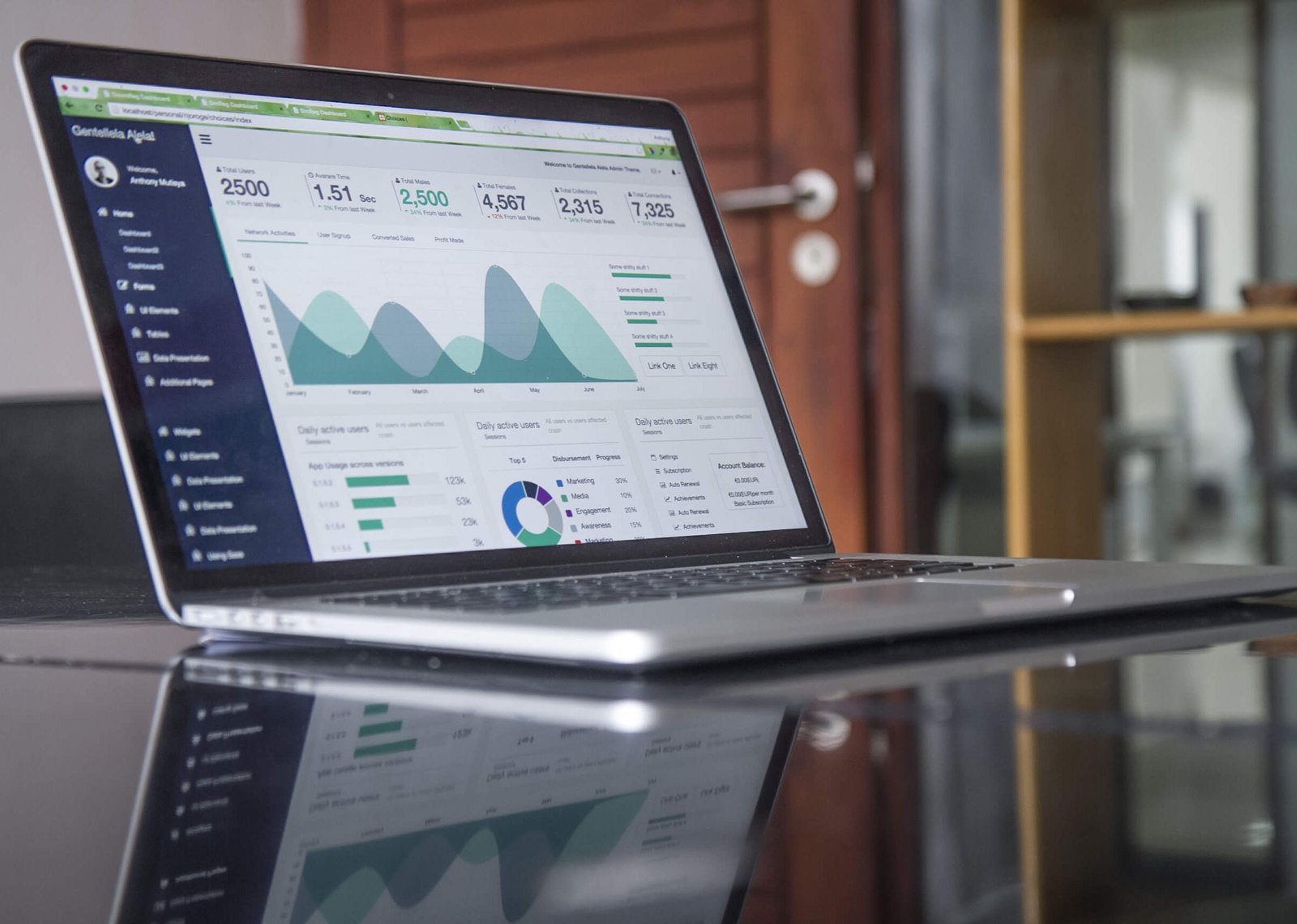The Power of Follow-Up Emails in E-commerce
In the business-to-business (B2B) world, where businesses sell products or services to other businesses, the sales cycle is often longer and more complex compared to business-to-consumer (B2C) transactions. In B2B sales, decision-making involves multiple stakeholders, with a committee or group of individuals responsible for evaluating and selecting the best solutions for their organization.
As part of the sales process, businesses often create educational content such as webinars, white papers, and other materials to provide valuable information to these decision-makers. However, simply creating and distributing content is not enough to ensure success. Follow-up emails play a crucial role in engaging potential customers, nurturing relationships, and ultimately closing deals.
The Importance of Follow-Up Emails
Follow-up emails are an essential component of any e-commerce strategy. They serve several important purposes:
1. Building Rapport and Trust
Effective follow-up emails help to establish rapport and build trust with potential customers. By reaching out after an initial contact or interaction, businesses can demonstrate their commitment to providing personalized attention and support. This helps to create a positive impression and fosters a sense of trust between the business and the customer.
2. Nurturing Relationships
Follow-up emails provide an opportunity to nurture relationships with potential customers. By sending relevant and timely content, businesses can continue to engage with prospects and provide them with valuable information that addresses their specific needs and pain points. This helps to keep the business top-of-mind and positions them as a trusted advisor.
3. Driving Engagement
Follow-up emails are an effective way to drive engagement with potential customers. By including calls-to-action (CTAs) in these emails, businesses can encourage recipients to take specific actions, such as downloading additional resources, attending webinars, or scheduling a demo. These actions not only deepen engagement but also provide valuable insights into the interests and preferences of potential customers.
4. Overcoming Objections
Follow-up emails provide an opportunity to address any objections or concerns potential customers may have. By proactively addressing these issues, businesses can alleviate doubts and provide reassurance. This helps to move the sales process forward and increases the likelihood of closing the deal.
Best Practices for Follow-Up Emails
To maximize the effectiveness of follow-up emails in e-commerce, it’s important to follow some best practices:
1. Personalize the Email
Personalization is key when it comes to follow-up emails. Address the recipient by name and reference specific interactions or conversations you’ve had with them. This shows that you value their individual needs and are attentive to their requirements.
2. Provide Value
Ensure that each follow-up email provides value to the recipient. This can be in the form of additional resources, relevant industry insights, or exclusive offers. By offering something of value, you increase the likelihood of engagement and build trust with potential customers.
3. Keep it Concise
Avoid lengthy and wordy follow-up emails. Keep the content concise and to the point. Busy professionals appreciate brevity, so make sure your message is clear, focused, and easy to digest.
4. Use Clear CTAs
Include clear and compelling calls-to-action (CTAs) in your follow-up emails. Make it easy for recipients to take the desired action, whether it’s downloading a resource, scheduling a call, or making a purchase. Use persuasive language and provide a sense of urgency to encourage immediate action.
5. Follow a Timely Schedule
Timing is crucial when it comes to follow-up emails. Be mindful of the recipient’s time and avoid bombarding them with excessive emails. Follow a well-planned schedule, spacing out your follow-ups appropriately. Consider factors such as the length of the sales cycle and the urgency of the prospect’s needs.
Conclusion
Follow-up emails are a powerful tool in e-commerce, particularly in the B2B world where sales cycles are often longer and involve multiple decision-makers. By utilizing follow-up emails effectively, businesses can build rapport, nurture relationships, drive engagement, and overcome objections. Following best practices such as personalization, providing value, keeping emails concise, using clear CTAs, and following a timely schedule can enhance the effectiveness of these emails and ultimately lead to increased sales and customer satisfaction.







